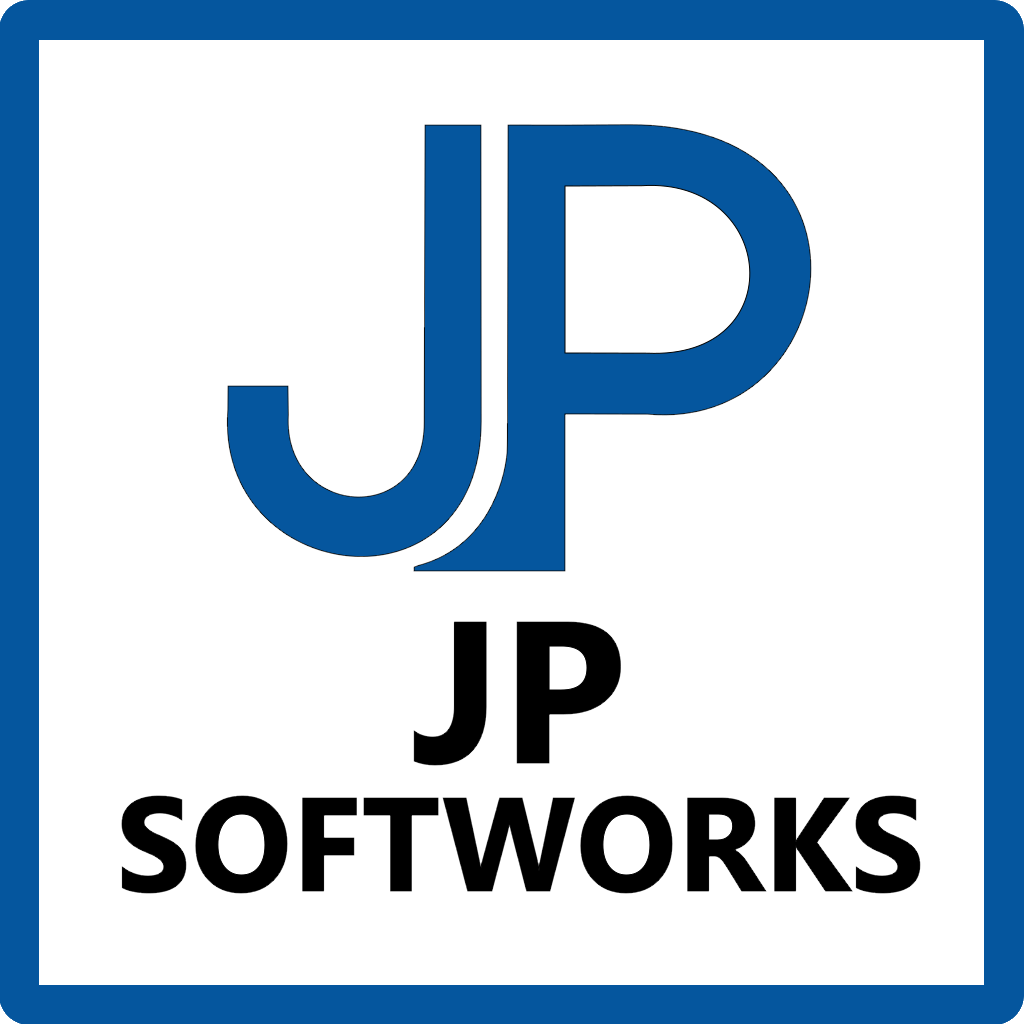AI in DevSecOps: Why the Future Needs Guardrails
AI is everywhere in DevOps, but the latest reports show a reality check: it's powerful, but not ready to fly solo. At JPSoftWorks, we help teams put guardrails in place so AI becomes an ally, not a liability.

The AI Hype Meets the Reality Check
The latest DORA Report from Google highlighted something we've all been sensing: AI adoption is accelerating in DevOps. Teams are experimenting with generative AI, predictive analytics, and machine learning-driven automation. For many, the promise is clear: better insights, faster remediation, less toil.
At the same time, ClickHouse's recent study testing large language models (LLMs) for site reliability engineering (SRE) brought us back down to earth. Their conclusion was straightforward: while LLMs are impressive as assistive tools, they are not yet capable of autonomously diagnosing and resolving incidents. Even the strongest models failed to outperform skilled engineers in root cause analysis.
So where does this leave us? Somewhere in the middle: excited by the potential but aware of the risks.
AI Isn't Ready for Us (Yet)
It's tempting to flip the narrative and warn organizations that they aren't ready for AI. But the evidence shows it's more accurate to say AI isn't fully ready for us. The technology is moving fast, but real-world DevSecOps environments demand reliability, accountability, and trust. Those are qualities that today's AI systems can't deliver without human oversight.
For example:
- False positives and hallucinations: LLMs can fabricate explanations that sound correct but don't stand up to scrutiny.
- Contextual blind spots: AI struggles when faced with incomplete observability data or unfamiliar architectures.
- Accountability gaps: Who owns the decision if an AI system makes the wrong call in production?
These gaps underscore why AI must be integrated thoughtfully, not just dropped into the pipeline.
Building Guardrails Around AI in DevSecOps
At JPSoftWorks, we believe the path forward isn't about rejecting AI. Instead, it's about designing guardrails so teams can experiment and benefit from AI without taking on unacceptable risks.
Here's how we approach it:
1. Human-in-the-Loop by Default
AI should augment, not replace. Our SecDevOps practice ensures that AI-generated recommendations are reviewed, validated, and contextualized by experienced engineers.
2. Security-First AI Adoption
We embed AI into secure pipelines where every input and output is monitored. This helps prevent data leaks, malicious prompt injections, or biased outputs that could harm decision-making.
3. Incremental Integration
Rather than trying to automate everything at once, we start with low-risk use cases like log summarization, knowledge retrieval, or automated compliance checks. These quick wins build trust while keeping risks manageable.
4. Cultural Adaptation
Technology adoption always requires cultural alignment. We help teams adapt their processes, retrain their roles, and set realistic expectations. This prevents AI from becoming a silver-bullet fantasy: or a burnout-inducing burden.
The Road Ahead
The DORA report shows us where we're headed: AI will be central to DevOps. The ClickHouse study reminds us of the limits: the tech isn't magic, and it won't replace engineers any time soon. The sweet spot is somewhere in between, where AI enhances our capabilities but doesn't outrun our readiness.
At JPSoftWorks, we're committed to guiding organizations through this balancing act. Our SecDevOps approach blends technical safeguards with cultural readiness, ensuring that AI adoption delivers value without introducing chaos.
So let's not say you're not ready for AI. Let's say AI isn't quite ready for you: and that's exactly why we're here to help you prepare.

